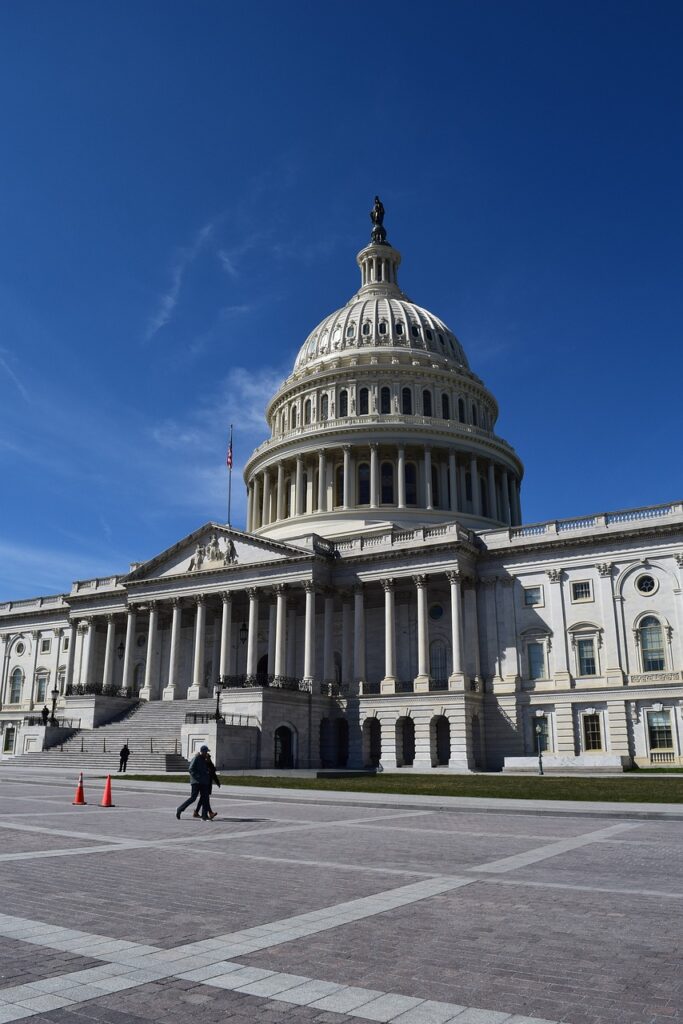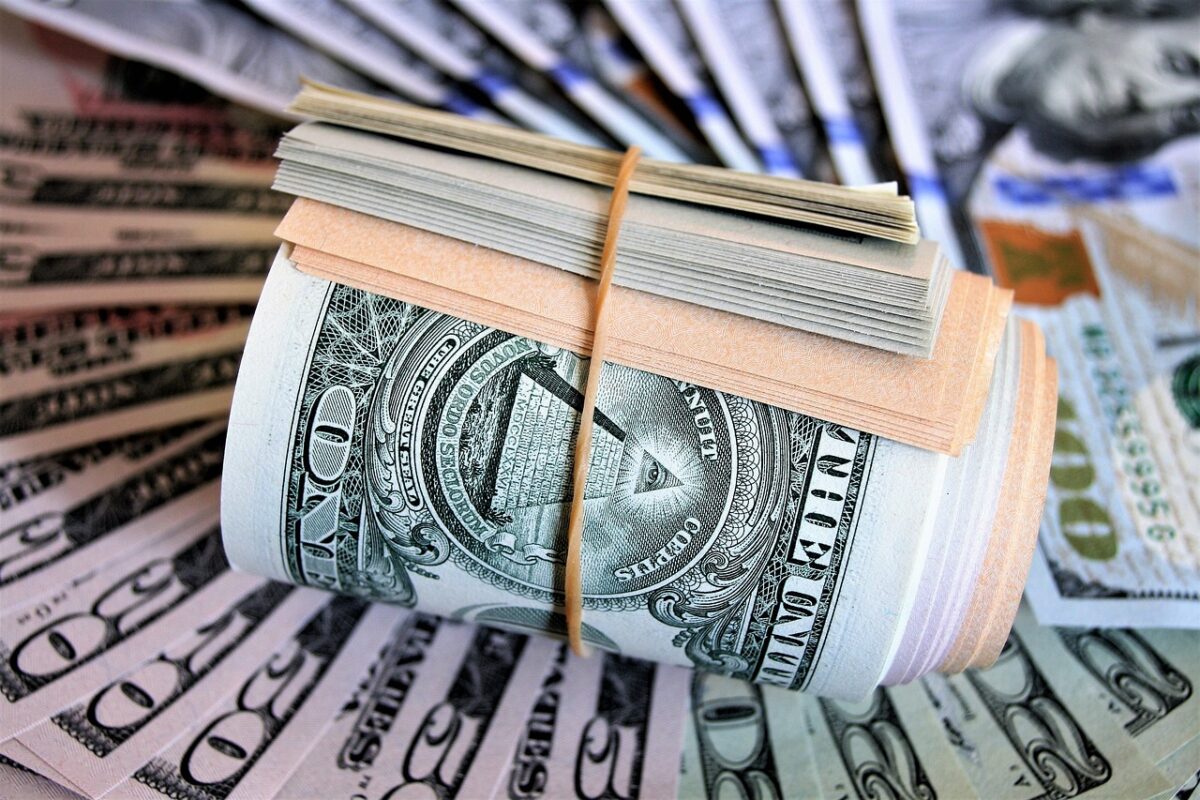Foreign Exchange Market: The Dance of Currencies
When I first caught wind of the foreign exchange market, my eyes lit up in amazement.
Before we get into our financial history, let me first take you back to 2020, before we had a national lockdown in South Africa.
I just knocked back from school, instead of doing my normal routine when I got back home (play PlayStation/Netflix).

I was binge-watching Money Heist around that time: Bella Ciao Ciao Ciao!
Instead, this time around I was snatched by a desire, a craving unlike any other, akin to that of a person addicted to a substance yearning for their next fix ,
a desire that has allowed me to excess social networks with well-established investors in the country.
I had a desire to learn, read, and understand as much about our financial history and today’s monetary system
instead of praying that hyperinflation doesn’t strike the motherland like it did to Germany, Argentina, and most recently, Zimbabwe, etc.
The past has taught us over and over again that when government loses control of its currency supply,
economic instability follows because people’s pensions, savings, and purchasing power will be worthless overnight.

Now let us breakdown why these events take place in detail and later, when I get into the investing section,
I will discuss ways in which you can hedge against such phenomena if they were to occur in your country.
Foreign Exchange Market
The foreign exchange market (forex for short) has a daily trading volume of $6.6 trillion.
This market is the biggest market to date, built up of key players, namely the commercial banks, investment banks, hedge funds, corporations, and retail traders.

Every class here has a different investment strategy, capital, and influence, but what they have in common is the urge to speculate on currencies.
Given the sheer size of participants, these speculations on future price movement contribute vastly to the market’s liquidity and dynamics.
Importance of Understanding our Financial History
Pearl Sydenstricker Buck was best known for her novel “The Good Earth,” which won the Pulitzer Prize in 1932.
She has throughout her works expressed the importance of understanding history to grasp mentally the present and to be able to anticipate the future.
It is important to understand history because much of what we see today has been derived from history.
My purpose with this website, along with my YouTube channel that will air soon, will be to give you knowledge on how to play the game as a retail investor
and some inside scoop into how big players like hedge funds manipulate the market legally to swing the odds in their favour.

You don’t just want to be a trader who has no knowledge of why certain price movements or events occur;
you want to be a trader who knows why certain outcomes happen and how you can put yourself in a position to capitalize on those opportunities.
Knowing your history can come in handy when it comes to understanding the game. Dr. Dre is one of the best American hip-hop producers of all time.
Dr. Dre was inspired by music producers before his prime, such as Rick Rubin, who has worked with the likes of Michael Jackson, Run-DMC, and others.
My point is that Dre not only loved the music but also studied the music, the beats, the tunes, etc.
This factor also helped him create his own sound using the principles from past artists.
This is exactly what we’re going to do here on this website; we will also be studying the past to have a much better understanding of today’s marketplace.
Bretton Woods System
When World War II was coming to an end, 44 Allied Nations gathered at the Mount Washington Hotel for the Bretton Woods Conference
to work out a plan to rearrange the international economic system for after the war had ended.

The representatives of the 44 Allied nations had to come up with a global system that could help prevent future competitive devaluation.
Today, governments of all countries have the ability to devalue their currency value to help boost
exports by making it cheaper for other countries to purchase their export products at competitive prices.
The downside to this strategy is that it will cause a country’s currency to become weak, decreasing its purchasing power.
In 1944, the 44 Allied nations established the International Monetary Fund (IMF) and the World Bank.
The IMF was created to monitor exchange rates and provide financial assistance to countries facing economic instability.
For instance, if the South African government wanted to enhance productivity and
reduce unemployment but was experiencing budget deficits (spending more than they are making),
they could borrow money from the IMF. This borrowed capital could be utilized to create jobs, distribute stimulus checks, and enhance the labor force’s skills.

Birth of a Fixed Exchange Rate
According to Federal Reserve History from July 1 to July 22, 1944, representatives of the Allied nations signed the Bretton Woods agreement on its final day.
This agreement meant that the US dollar became pegged to gold at a fixed rate (1 ounce of gold = $35), establishing a universal standard.
This arrangement allowed countries around the world to exchange their domestic currencies for US dollars, which could then be used to purchase gold.
The decision was made because, at that time, the United States Dollar was considered as good as gold,
and the US controlled two-thirds of the world’s gold reserves.

Under this system, all currencies were backed by gold. To minimize the continuous
transportation of gold back and forth, it was typically stored safely in the USA.
However, with the dollar pegged to gold and countries exchanging their domestic currencies into dollars,
the United States began printing more money, leading to more money in circulation than there are gold reserves to back it.
This increase in circulating dollars exceeded their gold reserves, financing projects such as the Vietnam War and space missions to the moon.
This imbalance created concerns among other nations about the US printing excessive money relative to its gold reserves.
In response, France decided to convert dollars into gold ( they didn’t trust the U.S. government),
initiating a trend of countries doing the same. This led to a snowball effect, exacerbating the outflow of gold from American vaults.
To address this crisis, on August 15, 1971, former President Nixon gave a speech announcing an emergency suspension
of the convertibility of the dollar to gold. This marked the end of the Bretton Woods system.
What does former President Nixon mean by the emergency suspension of the convertibility of the dollar to gold?
In essence, this decision signaled the end of the gold standard and introduced a new monetary order
where the dollar was no longer backed by gold but solely by government promises.
Previously, pegging the dollar to gold encouraged disciplined government spending, as it prevented spending beyond the available gold reserves.
After World War II, the US emerged as the largest economy, and the dollar became a stable currency, backed by gold at a fixed value of $35 per ounce.
However, in 1971, gold ceased to serve as the standard measure of value, and the dollar continued to be the preferred currency for international trade.
For example, if South Africa wanted to purchase $251 million worth of aluminum from China,
they would first convert their local currency, such as the South African rand, to dollars before making the purchase.
Today, the United States holds significant global power due to the dollar’s status as the world reserve currency.
The US managed to persuade Saudi Arabia to sell oil exclusively in dollars, promising military security in return.
This arrangement was a game-changer, as it ensured that countries needed dollars to access oil, cementing the dollar’s dominance in international trade.

In Conclusion: Our Financial History
When we look back at the historical roots of the forex market, we will be better suited to map out
an action plan that can act as a hedge against present and future prices.
Today, it is more important than ever to invest in yourself. The world is continuously evolving;
there is simply no time to sit back and relax, or you will definitely be left behind as our purchasing power diminishes year after year.
From the Bretton Woods system to a fiat currency system (which marked a turning point in history),
after former US President Nixon suspended the convertibility of the dollar to gold,
this had a significant influence on shaping the global scale because now countries around the world are not restricted to the amount of debt they can have,
often resulting in many of them finding themselves in large trade deficits.
The United States holds the title for the largest trade deficit globally, with exports consistently falling short of imports by billions of dollars each year.
Additionally, the nation carries the highest national debt, which currently stands at $34 trillion,
as reported by the Peter G. Peterson Foundation.
The government’s tax revenue falls short of covering this debt.

So, as we carefully analyze past events, we will be able to understand how our monetary system works
and what does this mean for us and why some experts argue that governments
do not work for the people but instead the people work for the governments.
It does not matter whether you’re a seasoned investor or a curious newcomer; recognizing
the dance of currencies is not just about predicting price movements;
it’s about making sense of and understanding the forces that drive them.
As we move forward, let’s learn from history and aim for a better understanding of how nations,
economies, and currencies interact dynamically (constantly changing and influencing each other).


More value than any textbook!